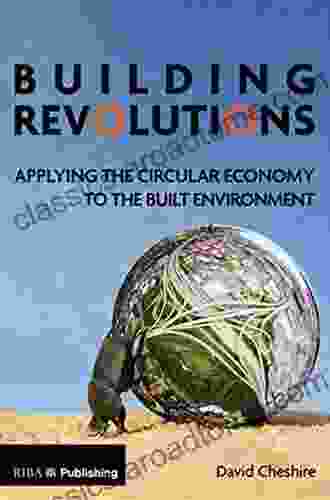Applying the Circular Economy to the Built Environment: A Comprehensive Guide for Sustainable Construction

The built environment, comprising buildings, infrastructure, and urban spaces, significantly contributes to global resource depletion, waste generation, and greenhouse gas emissions. The traditional linear economy model, characterized by "take, make, and dispose," is no longer sustainable in the face of these environmental challenges.
4.8 out of 5
| Language | : | English |
| File size | : | 13097 KB |
| Text-to-Speech | : | Enabled |
| Screen Reader | : | Supported |
| Enhanced typesetting | : | Enabled |
| Print length | : | 144 pages |
The circular economy, a regenerative economic model that aims to eliminate waste and pollution, offers a promising solution for the built environment. By adopting circular principles, we can transform the construction sector into a driver of sustainability.
Key Principles of the Circular Economy
- Eliminate waste and pollution: Design out waste and emissions from the outset, focusing on resource efficiency and circularity in materials and processes.
- Keep materials in use: Extend the lifespan of materials by reusing, repairing, refurbishing, and recycling them, minimizing the need for new resources.
- Regenerate natural systems: Use renewable resources sustainably and design buildings and urban spaces that contribute to ecosystem health.
Applying Circular Economy Principles to the Built Environment
Materials Selection
Material selection is a critical step in implementing circular economy principles in construction. Consider the following:
- Choose low-carbon, renewable, and recycled materials to minimize environmental impact.
- Opt for materials with high durability and longevity to extend their lifespan.
- Consider the end-of-life of materials and ensure they can be easily reused or recycled.
Design for Flexibility and Adaptability
Design buildings and urban spaces that can be easily adapted and repurposed over time. This flexibility allows for changing needs and reduces the likelihood of demolition and waste generation.
Waste Management
Implement comprehensive waste management strategies that prioritize reuse, recycling, and composting. This helps divert waste from landfills and recovers valuable materials.
Collaboration and Partnerships
Circular economy implementation in the built environment requires collaboration among architects, engineers, contractors, developers, and policymakers. Foster partnerships to share knowledge, innovate, and create systemic change.
Benefits of the Circular Economy for the Built Environment
- Reduced environmental impact: Minimizes resource depletion, waste generation, and greenhouse gas emissions.
- Increased economic resilience: Creates new jobs in waste management, recycling, and repair industries.
- Enhanced social equity: Provides access to affordable housing and sustainable urban spaces for all.
- Improved health and well-being: Promotes healthier indoor environments and reduces exposure to pollutants.
Case Studies
Several successful examples of circular economy implementation in the built environment demonstrate its potential.
- The Ellen MacArthur Foundation's Circular Building Toolkit provides practical guidance for architects and engineers.
- The University of Cambridge's Centre for Natural Material Innovation develops innovative, sustainable building materials.
- The City of Amsterdam's Circular Economy Program aims to make the city circular by 2050.
Applying the circular economy to the built environment is an urgent necessity for a sustainable future. By embracing circular principles, we can create a thriving built environment that minimizes waste, conserves resources, and enhances the well-being of our planet and its inhabitants.
This comprehensive guide provides the knowledge and tools to implement circular economy principles in your construction projects. Let us work together to build a circular future for our built environment.
Call to Action
Join the circular economy movement today. Download your free copy of Applying the Circular Economy to the Built Environment and start transforming your construction practices. Together, we can create a sustainable built environment for generations to come.
4.8 out of 5
| Language | : | English |
| File size | : | 13097 KB |
| Text-to-Speech | : | Enabled |
| Screen Reader | : | Supported |
| Enhanced typesetting | : | Enabled |
| Print length | : | 144 pages |
Do you want to contribute by writing guest posts on this blog?
Please contact us and send us a resume of previous articles that you have written.
 Book
Book Novel
Novel Page
Page Chapter
Chapter Text
Text Story
Story Genre
Genre Reader
Reader Library
Library Paperback
Paperback E-book
E-book Magazine
Magazine Newspaper
Newspaper Paragraph
Paragraph Sentence
Sentence Bookmark
Bookmark Shelf
Shelf Glossary
Glossary Bibliography
Bibliography Foreword
Foreword Preface
Preface Synopsis
Synopsis Annotation
Annotation Footnote
Footnote Manuscript
Manuscript Scroll
Scroll Codex
Codex Tome
Tome Bestseller
Bestseller Classics
Classics Library card
Library card Narrative
Narrative Biography
Biography Autobiography
Autobiography Memoir
Memoir Reference
Reference Encyclopedia
Encyclopedia Anatoly Fomenko
Anatoly Fomenko Andrew Kane
Andrew Kane Amos Schwartzfarb
Amos Schwartzfarb Angela Denker
Angela Denker Anil Jagtap
Anil Jagtap Jackie Fox
Jackie Fox Amin Ghali
Amin Ghali Belle Brown
Belle Brown Andrew Codd
Andrew Codd Andy Pforzheimer
Andy Pforzheimer Andy Myers
Andy Myers Jerry Levitan
Jerry Levitan Rosalie Puiman
Rosalie Puiman Amin Jagani
Amin Jagani Anjan Sarkar
Anjan Sarkar Andrea Reynolds
Andrea Reynolds Andy Birtwistle
Andy Birtwistle Andrew Cozadd Pa C
Andrew Cozadd Pa C Amy L Best
Amy L Best Andy Bozeman
Andy Bozeman
Light bulbAdvertise smarter! Our strategic ad space ensures maximum exposure. Reserve your spot today!

 Preston SimmonsUnlock the Secrets of Essential Oils: Your Definitive Guide to Nature's...
Preston SimmonsUnlock the Secrets of Essential Oils: Your Definitive Guide to Nature's...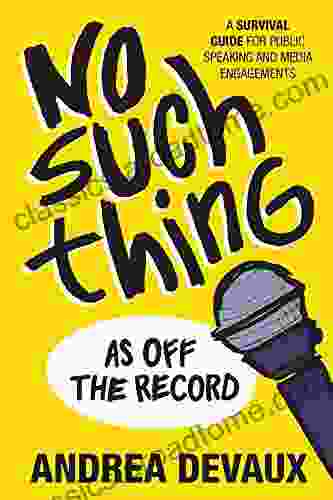
 Haruki MurakamiNo Such Thing As Off the Record: Unmasking the Era of Unprecedented Media...
Haruki MurakamiNo Such Thing As Off the Record: Unmasking the Era of Unprecedented Media...
 Chandler WardEthereal Queer Television: Unraveling the Past, Present, and Future of LGBTQ+...
Chandler WardEthereal Queer Television: Unraveling the Past, Present, and Future of LGBTQ+... Bobby HowardFollow ·18.7k
Bobby HowardFollow ·18.7k Jesus MitchellFollow ·12.1k
Jesus MitchellFollow ·12.1k Greg CoxFollow ·8.4k
Greg CoxFollow ·8.4k Glenn HayesFollow ·4.4k
Glenn HayesFollow ·4.4k Jeffrey CoxFollow ·9.5k
Jeffrey CoxFollow ·9.5k Mason PowellFollow ·15.1k
Mason PowellFollow ·15.1k Brian BellFollow ·6.1k
Brian BellFollow ·6.1k Johnny TurnerFollow ·3.5k
Johnny TurnerFollow ·3.5k

 Braden Ward
Braden WardThe True Story of Murder and Betrayal
In a small town where...
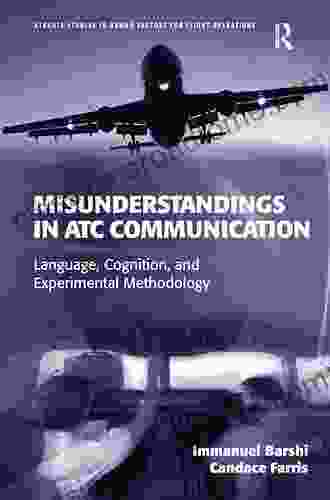
 W. Somerset Maugham
W. Somerset MaughamUnraveling the Complexities of Human Language: A...
Language is a fundamental aspect of human...

 Ibrahim Blair
Ibrahim BlairTrue Crime Tales That Will Keep You on the Edge of Your...
Prepare to be...
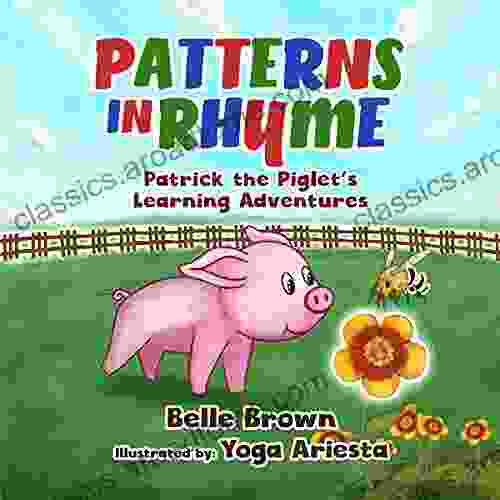
 Rick Nelson
Rick NelsonPatterns In Rhyme: A Journey of Discovery with Patrick...
Welcome to the...
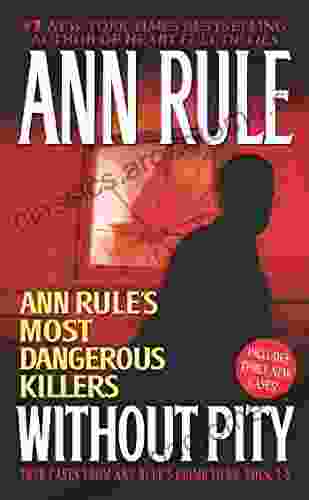
 Edgar Hayes
Edgar HayesWithout Pity: Unmasking the Evil Within
In the realm of true...

 Cooper Bell
Cooper BellFannie Lou Hamer's Indelible Legacy: Unraveling the...
The Black Freedom Movement, a pivotal...
4.8 out of 5
| Language | : | English |
| File size | : | 13097 KB |
| Text-to-Speech | : | Enabled |
| Screen Reader | : | Supported |
| Enhanced typesetting | : | Enabled |
| Print length | : | 144 pages |


